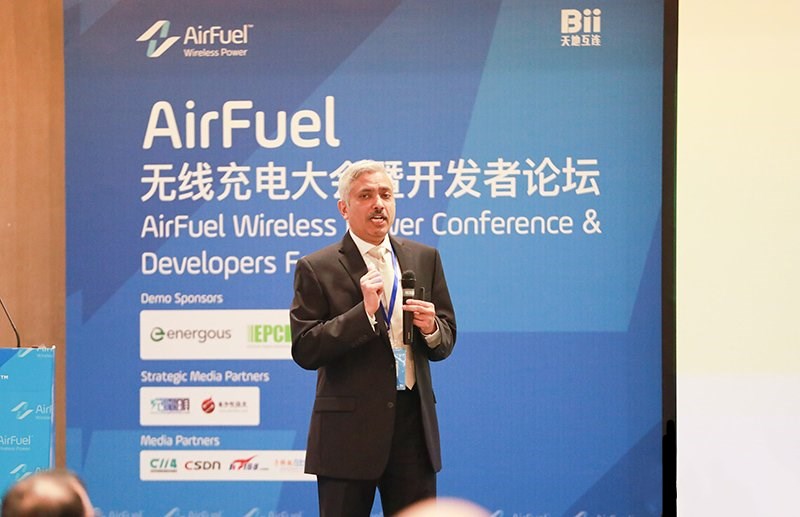PSI5 support will further reduce implementation costs.
On June 25, 2019, theissendero, Belgium - global microelectronics engineering company Melexis announced the launch of MLX90373, a new member of the Triaxis® rotation and linear hall effect position sensor family, which is the first Triaxis® Angle sensor to support the PSI5 interface.

The PSI5 (peripheral sensor interface 5 - www.psi5.org) is an open standard based on technology used by millions of airbags.The highly responsive technology achieves 125kbit/s data bitrates on unshielded twisted pairs and is suitable for many automotive sensing applications related to safety and comfort, such as steering wheel and chassis height measurements.Compared to other serial interfaces that require 3-wire or 4-wire wiring, 2-wire is easier to deploy and less costly.
Triaxis® hall effect sensor MLX90373 offers a rugged design solution that provides rotation and linear position sensing to simplify manufacturers' magnetic circuit design.The product is designed to incorporate a wider range of ambient temperatures (-40°C - +125°C), on-chip diagnostics, and external sensor gateway inputs, bringing the full benefits of the PSI5 interface, including flexibility with four available time slots, and support for adding additional external sensor data to the payload.
"MLX90373 is an important step forward for the third generation of Triaxis®," said Nick Czarnecki, global marketing manager for Melexis location and speed sensors.
Like all Triaxis® sensors, MLX90373 supports pcb-free installation and provides excellent EMC performance.The product also meets the requirements of ISO 26262 ASIL C (SEOoC), providing a fully redundant dual bare chip TSSOP-16 packaged version.The optional PSI5 interface option means that the Triaxis® series of rotary and linear hall effect sensors now includes the PSI5, PWM, Analog and SENT interfaces.
The third-generation Melexis Triaxis® technology integrates the latest industry-standard interfaces and high integration, further optimizing performance, providing the flexibility and robustness required by automobile manufacturers, and bringing the latest safety and comfort functions to consumers.

 Английский
Английский  Китайский
Китайский  Немецкий
Немецкий  Корейский
Корейский  Японский
Японский  Farsi
Farsi  Portuguese
Portuguese  Russian
Russian  Испанский
Испанский 





